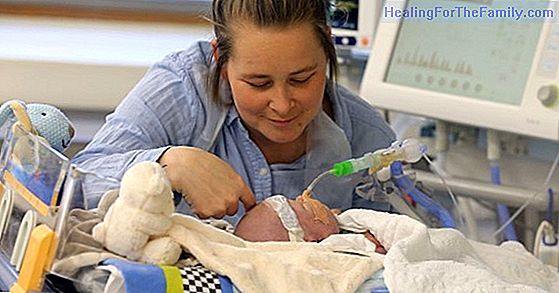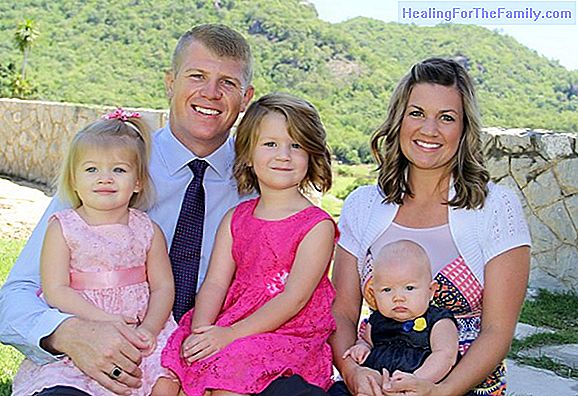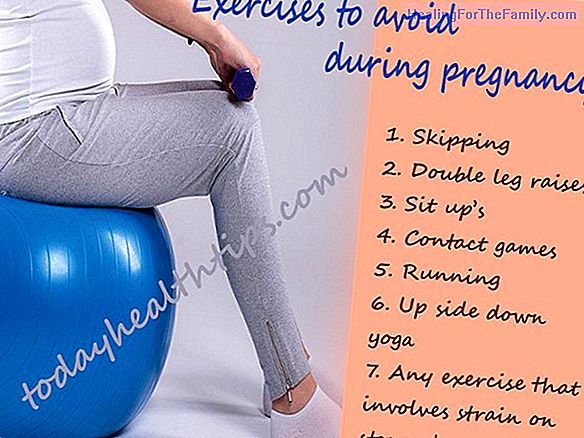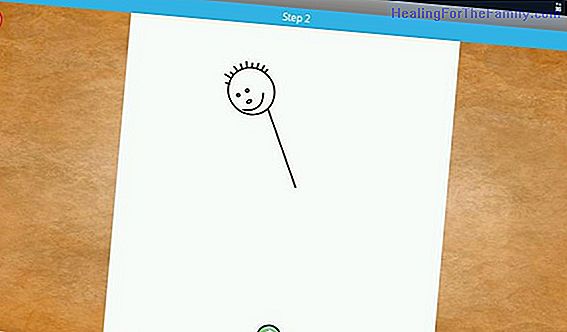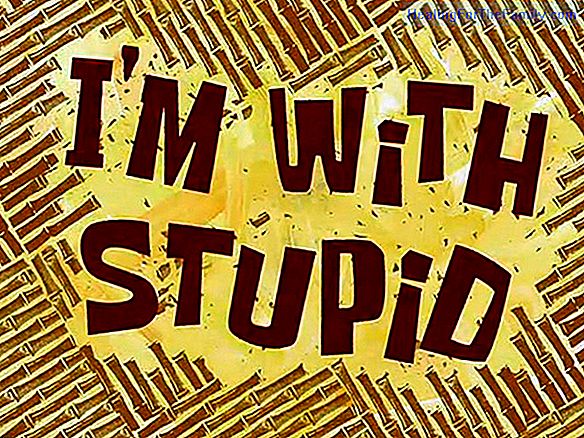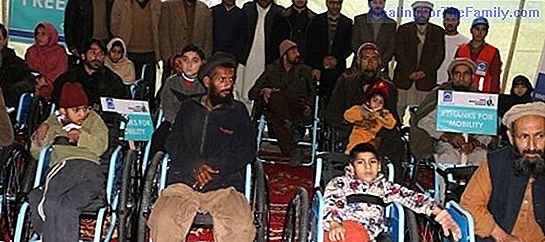Children with cavus feet
The feet support all the weight of the body from the first months of the baby and are exposed to different ailments of greater or lesser importance. One of the foot problems suffered by both children and adults are feet cavities , a muscle pathology that is not always serious but to which we must pr
The feet support all the weight of the body from the first months of the baby and are exposed to different ailments of greater or lesser importance. One of the foot problems suffered by both children and adults are feet cavities, a muscle pathology that is not always serious but to which we must provide medical attention from the start.
What are the cavus feet in the children
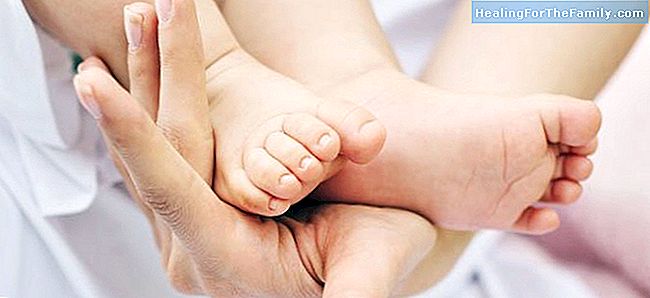
The cavus feet could be considered as the opposite pathology of the flat feet. It is a dysfunction of the musculature of the standing plant in which the plantar arch is too convex. The foot digs in children can have a hereditary cause and you have to see how it develops as the child grows because in most cases it does not need any treatment.
However, it is advisable to be careful from the first moment when an excessive plantar vault is observed, because it may also have a neuronal problem. In most cases it is a plantar deformity with which the child and adult coexist without major problems and only in the most severe cases is surgery necessary.
Consequences of the feet digging into the health of children
Although having the feet digs does not usually lead to a medical problem, it is true that children with cavus feet have less stability when walking, so falls are frequent. They also suffer more easily injuries such as ankle sprains and are more likely to develop foot ailments such as plantar fasciitis.
The main problem that arises from the cavus feet is that the body weight carga is loaded on the toes and the heel, but a shortening of the foot muscles is also observed, giving rise to what is known as claw fingers Among the most common consequences of the feet digs is pain in the joints of the foot and frequent injuries to the toes and heel. Treatment of the cavus feet during childhood
The cavus feet are not usually detected before
5 years of age and if the malformation is not very large it can be corrected with the use of templates that extend the contact surface of the plant of the foot To achieve greater stability, pads and wedges are also recommended on the back and front of the feet to lighten the body weight with which they carry. Generally, the cavus feet do not need further treatment and the children hardly notice the consequences of this
muscular dysfunction . Do not forget that from very small can be taught the advantages of walking barefoot for the proper development of the muscles of the foot and relieve the pressure of any footwear.Laura Vélez.
Editor of Guiainfantil.com

